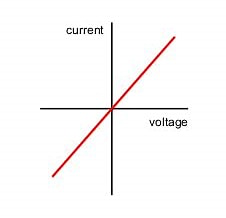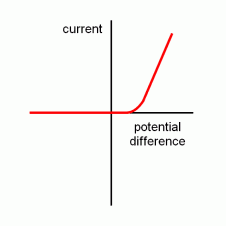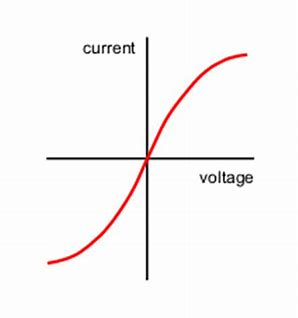Physics current electricity
5.0(2)
5.0(2)
Card Sorting
1/30
Earn XP
Description and Tags
Study Analytics
Name | Mastery | Learn | Test | Matching | Spaced |
|---|
No study sessions yet.
31 Terms
1
New cards
Ways to protect the user/appliance in a domestic setting
Insulation
Double insulation
EARTHING
Fuses
Circuit breakers
2
New cards
How insulation protects the user/appliance
Wires are insulated with plastic, to prevent an electric shock occurring when the user touches it
3
New cards
How DOUBLE insulation works
The appliance is completely covered in a layer of an insulating material, e.g. plastic, which means that there is no possibility of a current passing through to the user. This is usually used instead of an earth wire.
4
New cards
How earthing works
In addition to the (brown) live wire (that carries the current into the appliance), and the (blue) neutral wire (that carries the current out of the appliance) the (green and yellow) earth wire provides a path of very low resistance to the ground, so electrical energy flows through it rather than through the user.
5
New cards
How fuses work
The fuse is connected to the live wire. The value of the fuse must be slightly higher that what the appliance needs to function. When the current is too high, the fuse melts, breaking the circuit and protecting the appliance and user.
6
New cards
How circuit breakers work
Circuit breakers are resettable fuses. If the current exceeds a certain value, an electromagnet will separate a pair of contacts, breaking the circuit. They are more practical than fuses.
7
New cards
What happens when current flows through a resistor
The temperature increases, as a result of the electrons (that are flowing through the conductor as current) colliding with ions in the lattice and transferring some of their energy to these ions, which then vibrate more, causing the resistor to heat up. This is used in toasters, kettles, electric heaters, ovens.
8
New cards
What resists current
Ions in a lattice resist the flow of electrons
9
New cards
Equation - power, current and voltage
Power = current x voltage (P=IV)
10
New cards
Equation (don’t need to know) - energy, current, voltage, time
Energy transferred = current x voltage x time (E=VIT)
11
New cards
A.C.
Alternating current: current first flows one way, then the opposite way. Used to supply mains electricity.
12
New cards
D.C.
Direct current: current only flows one way. Used to supply current in cells and batteries.
13
New cards
Current in a series circuit
The current is the same throughout the entire circuit. As voltage increases, current increases. If there are more components in the circuit, current decreases, as there is more resistance.
14
New cards
Current in a parallel circuit
Current is shared between branches; current at source = sum of current in each brach
15
New cards
Voltage in a series circuit
Voltage is shared across the whole circuit; voltage at power supply = sum of voltage across each component
16
New cards
Voltage in a parallel circuit
Voltage is the same across each branch; voltage at power supply = voltage at each branch
17
New cards
Resistance in a series circuit
Total resistance = sum of resistance of each component. This is why more components increase resistance, therefore decreasing current.
18
New cards
How changing resistance affects current
Increasing resistance decreases current
19
New cards
Light Dependent Resistors
As light intensity increases, resistance decreases.
20
New cards
Thermistors
As temperature increases, resistance decreases
21
New cards
Equation - voltage, current and resistance
Voltage = current x resistance (V=IR)
22
New cards
Definition of current
Current is the rate of the flow of charge (measured in Amperes)
23
New cards
Equation - charge, current, time
Charge = current x time (Q=IT - we need to QUIT physics)
24
New cards
Electric current in solid metal conductors
The flow of (negatively charged) electrons
25
New cards
What happens to current at a junction
It is conserved - the current flowing into the junction is equal to the current flowing out of it, because current is the flow of electrons, and these cannot be created or destroyed, so the number of electrons flowing in the circuit must remain the same. This does not mean that the current will split equally along two branches - this depends on the resistance in each branch.
26
New cards
Voltage definition
Voltage is energy transferred per unit charge. This means that one volt is a joule per coulomb.
27
New cards
Equation - energy, charge, voltage
Energy transferred = charge x voltage (E=QV)
28
New cards
Current against voltage - resistor / metal wire
Directly proportional (goes through negative as well)

29
New cards
Current against voltage - diode
A diode is a component that only allows current to flow one way

30
New cards
Current against voltage - filament lamp
Flattening curve, opposite in the negative axis

31
New cards
the effect of a metal wire heating up
The metal ions vibrate more when temperature increases. This means that there is a greater chance of electrons colliding with them, making it harder for current to flow through, so the resistance increases.